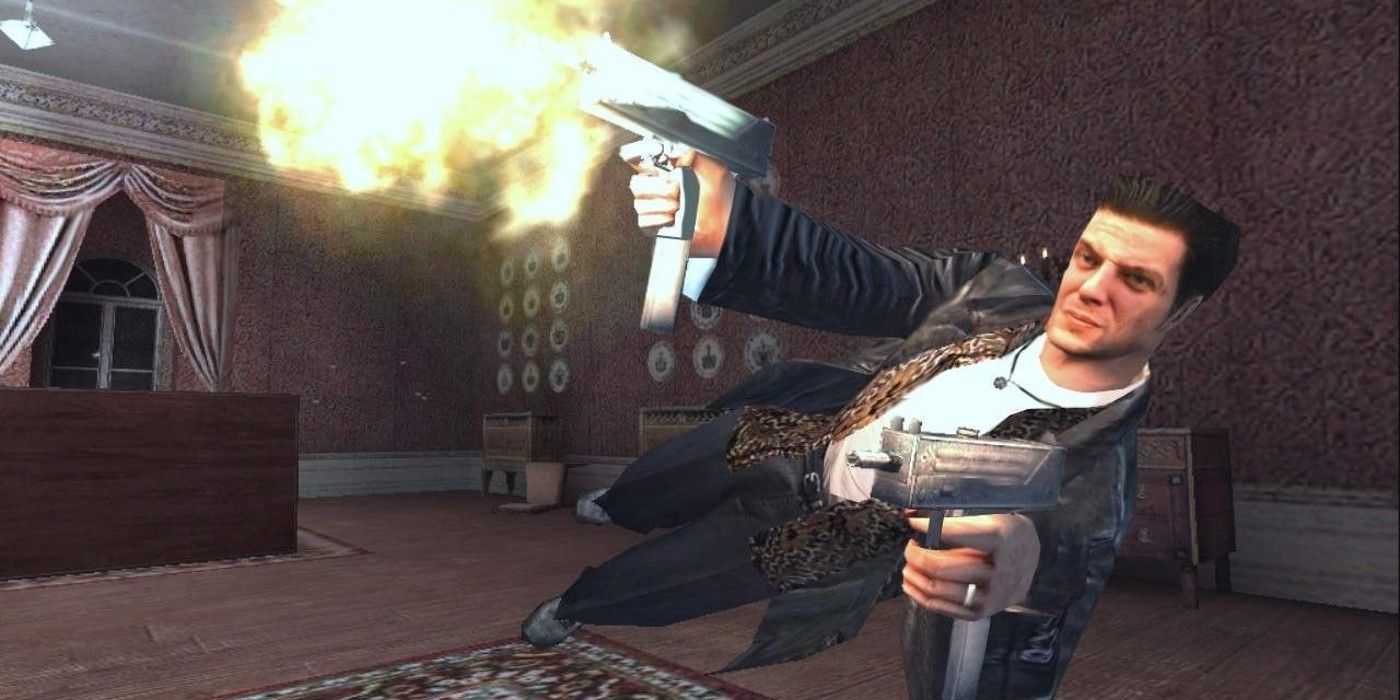First-person shooters are some of the top-selling games in the world. The likes of Call of Duty, Halo, Battlefield and Doom have seen numerous iterations and have grown largely in part to their fun, solid gameplay. A lot of shooters these days owe their success and gameplay features to the innovation a select number of shooters from the past.
While a lot of the changes in FPS games happened towards the end of the 1990s and the beginning of the 2000s, there are still games released today that are attempting to change how the genre looks and plays. The introduction of VR has given FPS games a new life, and there are a couple of games that took on the mantle of changing VR from a temporary fad to a must-play experience. As technology progresses, developers are looking to find new ways to innovate and expand on the genre.
10 Left 4 Dead Set The New Standard For Co-Op
Valve will feature heavily on this list as so many of their games were genre defining. When Turtlerock Studios and Valve brought Left 4 Dead onto the scene, players were introduced to a group of four survivors they fell in love with, along with the addictive gameplay of zombie horde survival. Players are tasked with reaching save rooms through levels in campaigns that play like a movie.
There are standard zombies littered around the levels, massive zombie hordes, and “special infected” that were all controlled by a clever AI director that gauged how well players were doing and adjusted the enemy encounters accordingly. Left 4 Dead remains one of the best co-op games and while games like Warhammer: Vermintidehave come close, not many games have repeated its success.
9 Half-Life Was A Lesson In Game Design
In 1999 Valve debuted their first game and the first in the Half-Life franchise. Players entered an immersive, detailed world when they took control of Gordon Freeman. The story was told through scripted sequences where the player could still move around and investigate the room, rather than cut scenes. The opening train seqeunce took players through the game’s environments, delivering story while letting them see what was in store for them later.
The graphics, gameplay, and story of Half-Life received critical acclaim as they were far beyond the scope of other games of the time. Half-Life 2, the sequel, also re-invented the genre with a new physics engine and another great story for players to immerse themselves in.
8 Half-Life Alyx Showed Off The Reality Of VR
While VR has gained serious momentum in the last couple of years, the quality of most VR games did little to entice gamers into thinking it was anything but another passing fad, like motion controls. Valve stepped in with another installment in the Half-Life franchise, this time putting players in the boots of Half-Life 2’s Alyx Vance.
Half-Life Alyx was a showcase of what a VR game could truly be with high-resolution immersive environments, tight and clever controls, and a story that gripped the player and fulfilled some hopes for fans of the series. The gameplay was fun and addictive, and it has become a must-play VR title.
7 Portal Was A Maze Of Physics, Puzzles And Humor
While Portal may not fall under the “shooter” category for some, the player, as Chell, does wield a “Portal Gun” and shoot portals. Valve, once again, comes through with a new inventive way of blending shooters and puzzles with gameplay physics.
Portal let players create two portals to pass through in order to solve puzzle rooms in a quest to escape Aperture Laboratories, all while the menacing GLaDOS leads them down a mysterious narrative. The portals featured momentum physics, allowing players to launch items and themselves across open spaces to help solve the mystery of the room and pass to the next level.
6 Superhot Blended Slow Motion And Puzzles
Superhot started as a VR game in a polygonal world. In an engaging hybrid of puzzle and shooter, players are tasked with completing levels by eliminating all the enemies in it. The trick of the gameplay was that the world only moved when the player did.
This meant players could stand still, look around and see where enemies were, where bullets and objects were flying and react accordingly. Players would feel like Neo fighting off Agents in The Matrix as they fired bullets, dodging incoming attacks and maneuvering around obstacles to strike at enemies in melee.
5 Halo Kicked Off A Generation Of Console Gamers
Halo is one of the most successful video game franchises of all time, but it wasn’t just because of its, stoic green-armor-clad hero. The gameplay brought in new features to the shooter genre including recharging shields and giant system-link LAN multiplayer modes.
Halo was originally a PC exclusive, but when Microsoft bought Bungie, it became a launch title for the original Xbox and a flagship title for the console. The gameplay centered on the three pillars of guns, grenades, and melee and rewarded players for creativity in taking out targets. It also spawned some of the most successful machinima videos in Red vs Blue.
4 Battlefield 1942 Introduced Massive Multiplayer Games
Battlefield 1942 was a shooter set in World War II, and while there were other games that fell into that war-shooter model, Battlefield broke ground by seamlessly introducing jeeps, tanks, planes, and even battleships into fast-paced shooter action. While the campaign offered a good solo experience, the multiplayer is and always will be the bread and butter of the Battlefield franchise.
The online and LAN multiplayer modes of Battlefield 1942 featured large open maps where large numbers of players went to war with each other across different game modes. This formula became the basis for the Battlefield series, and it rarely deviated from it as other games looked to it for inspiration.
3 DOOM Defined The FPS Genre
DOOM is the genesis for first-person shooters. In 1993, ID software put players into the boots of “Doomguy” and sent them on a trek through hell as they blasted demons and monsters into gory pixelated chunks. At the time, DOOM was heavily controversial for its gore and demonic themes, but the run and gun shoot-em-up gameplay set the stage for future games to build upon.
The game engine DOOM used introduced new features like different elevations, indoor and outdoor levels, and dynamic lighting. DOOM gave players fast-paced explosive action where they were focused on movement and trying to survive as much as they were trying to shoot enemies.
2 Max Payne Introduced Gamers To Bullet Time
The Matrix hit theaters and viewers got to see a video game in real life. “Bullet time” was a concept that needed to enter the video game realm, and in 2001, Remedy Entertainment made that dream come true with Max Payne. After a New York detective’s family is murdered, he becomes a vigilante blasting his way to revenge.
Max Payne featured bullet time heavily, which made shootouts strategic and loads of fun as bullets and debris flew around the room. . Paired with the neo-noir storytelling, Max Payne is regarded as one of the best games ever made. Future shooters, like F.E.A.R., and other genres of games would use the slow-down mechanic, but Max Payne really made it a staple in epic shooter games.
1 Far Cry Explored Open World Free-Form Levels
A lot of first-person shooters, especially back in the early 2000s were very linear and level-based. The action was scripted, so the player would experience set pieces in the way the developers wanted them to. Far Cry gave players a huge tropical paradise to explore at their own pace.
There were missions and goals to complete, but instead of a “go here and do this” type direction to complete them, players could scope out the area, devise a plan, and figure out how and where they wanted to enter the area to complete the mission. Some open-world games allowed exploration, but the specific mission goals were linear in their completion. Far Cry allowed players a new kind of freedom in deciding how to play the game the way they wanted.
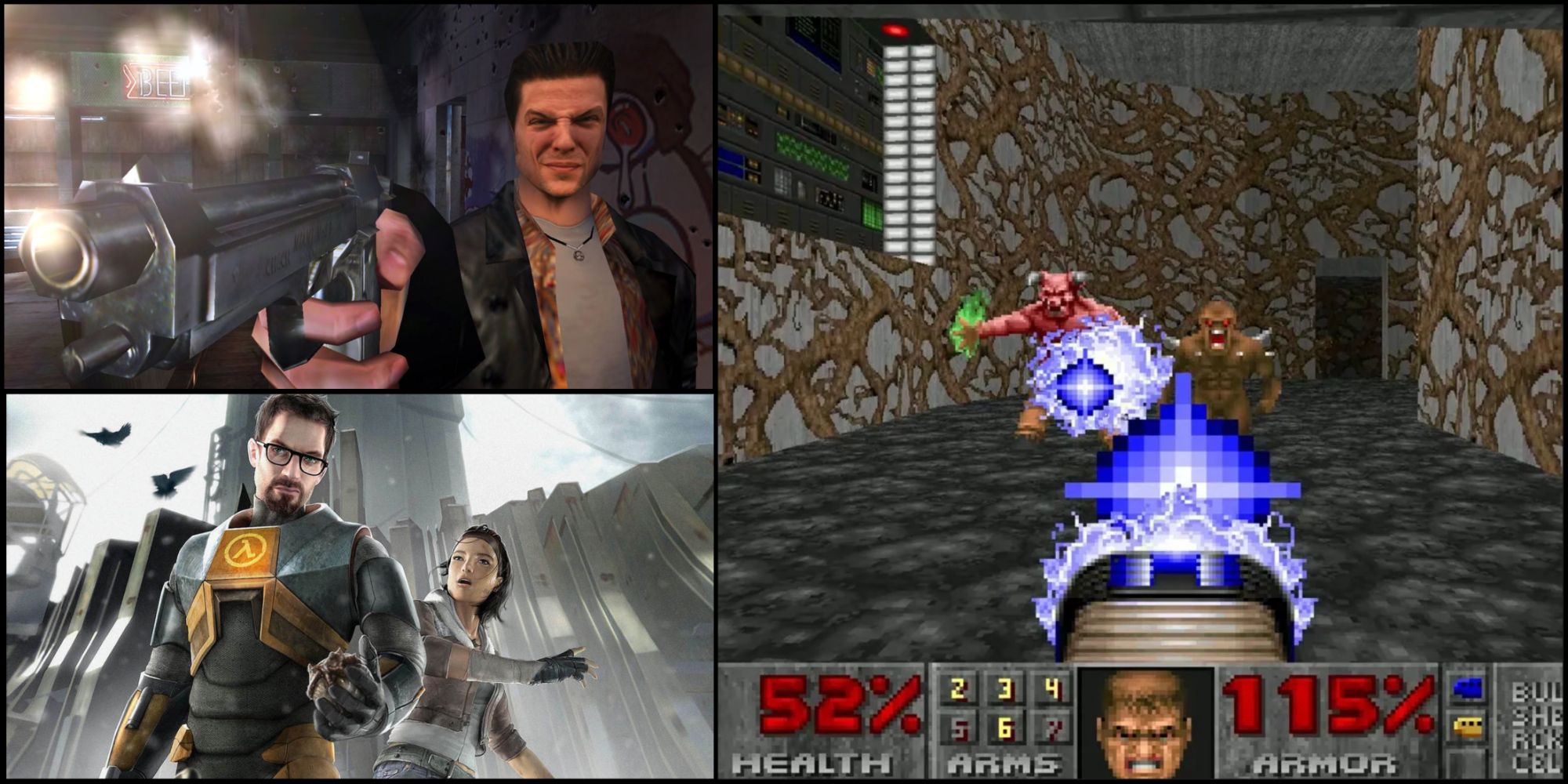
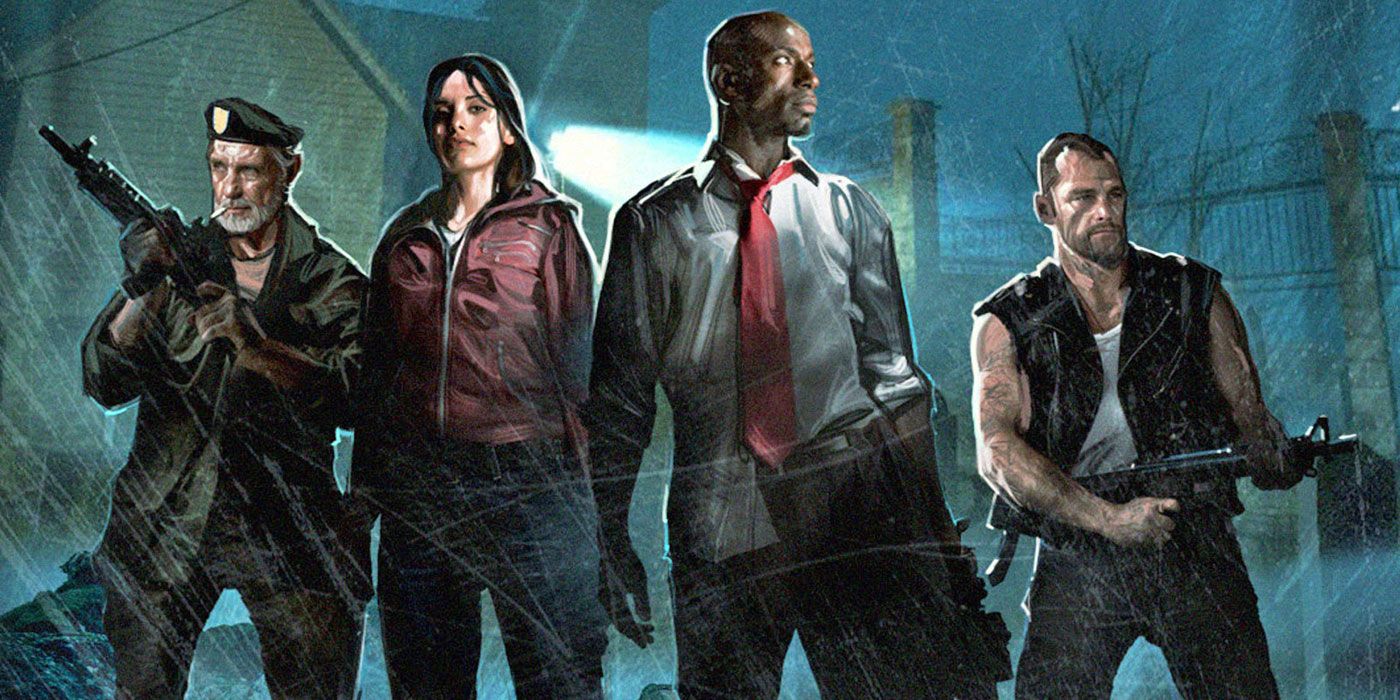
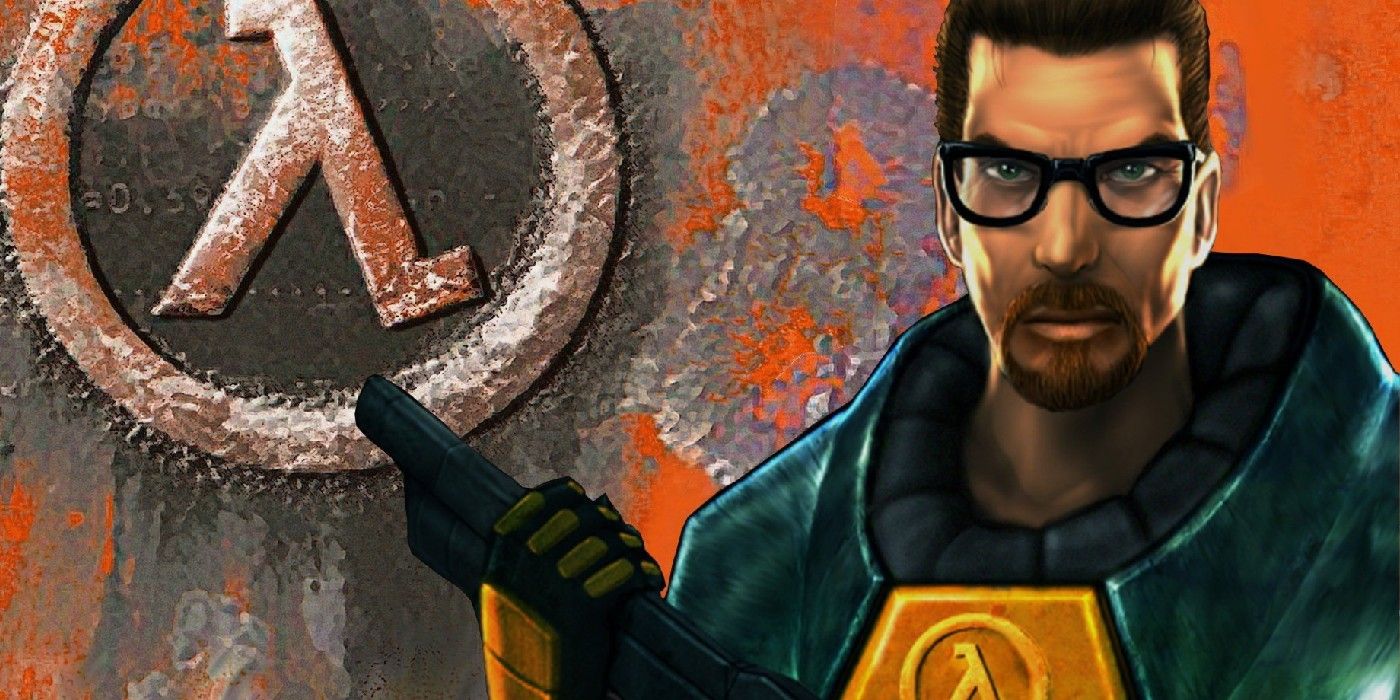
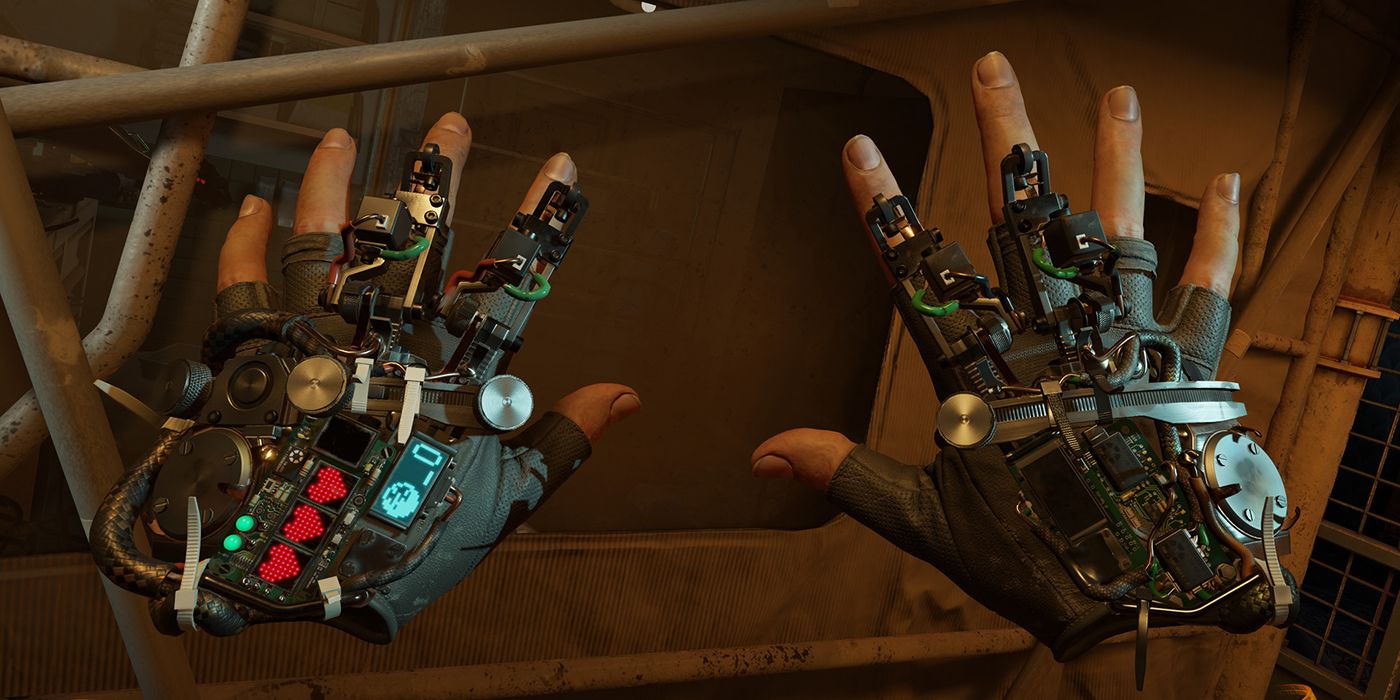
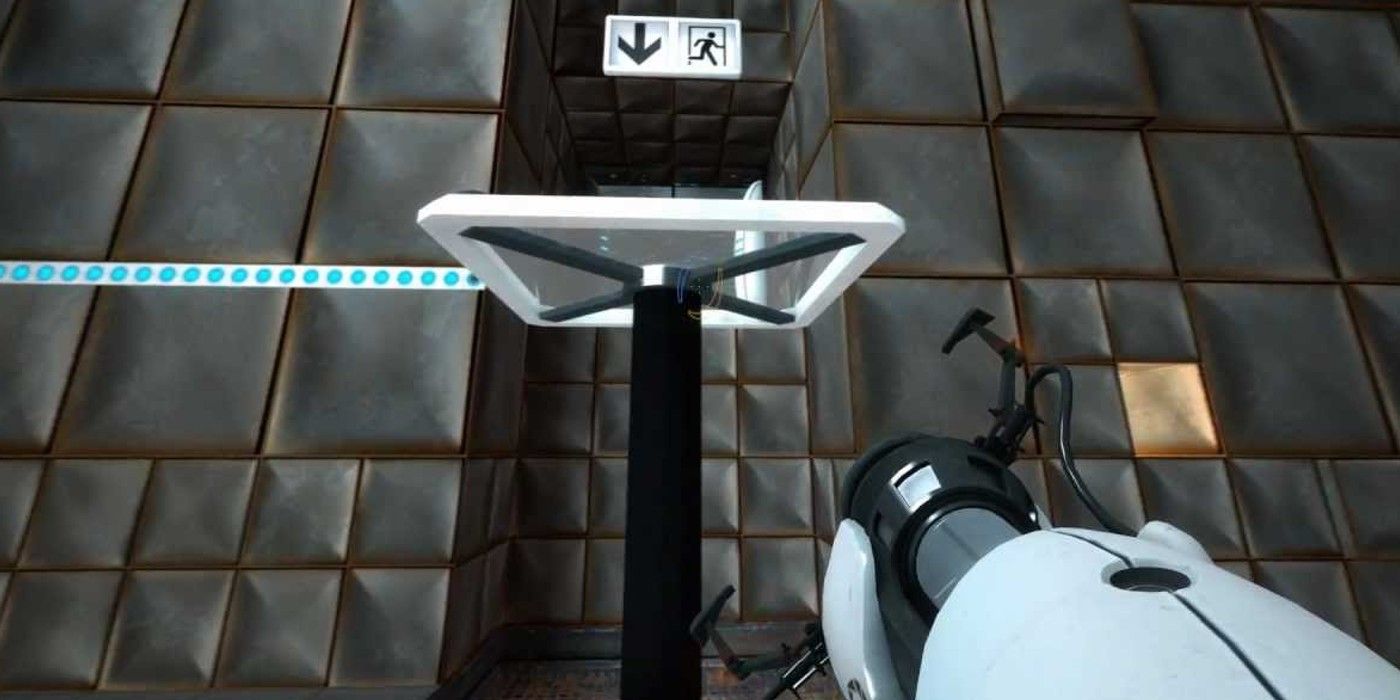
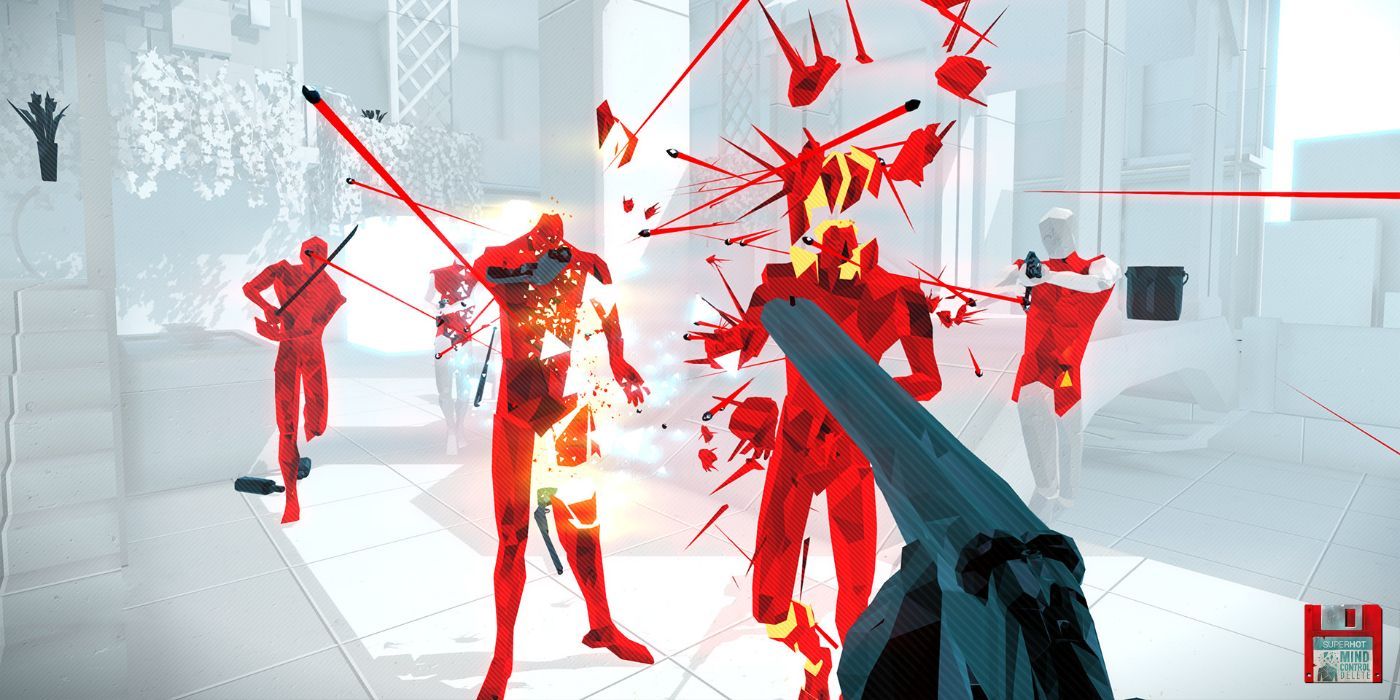
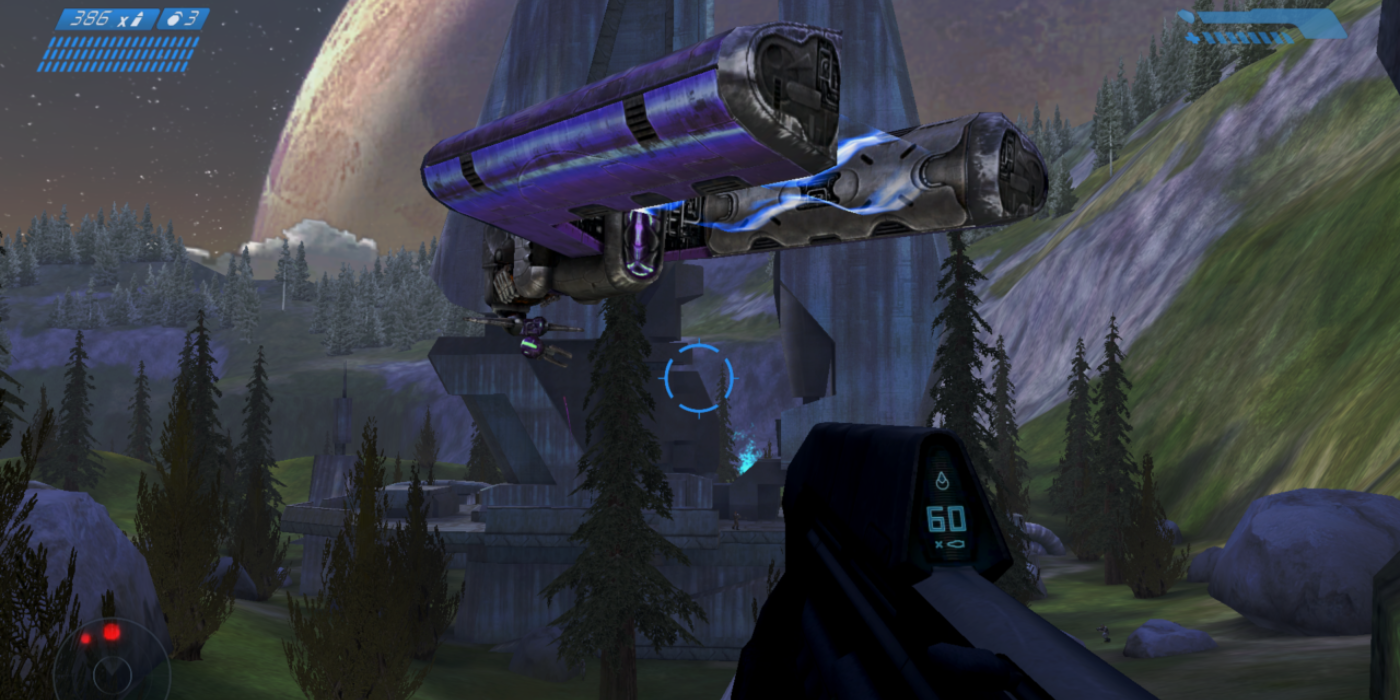
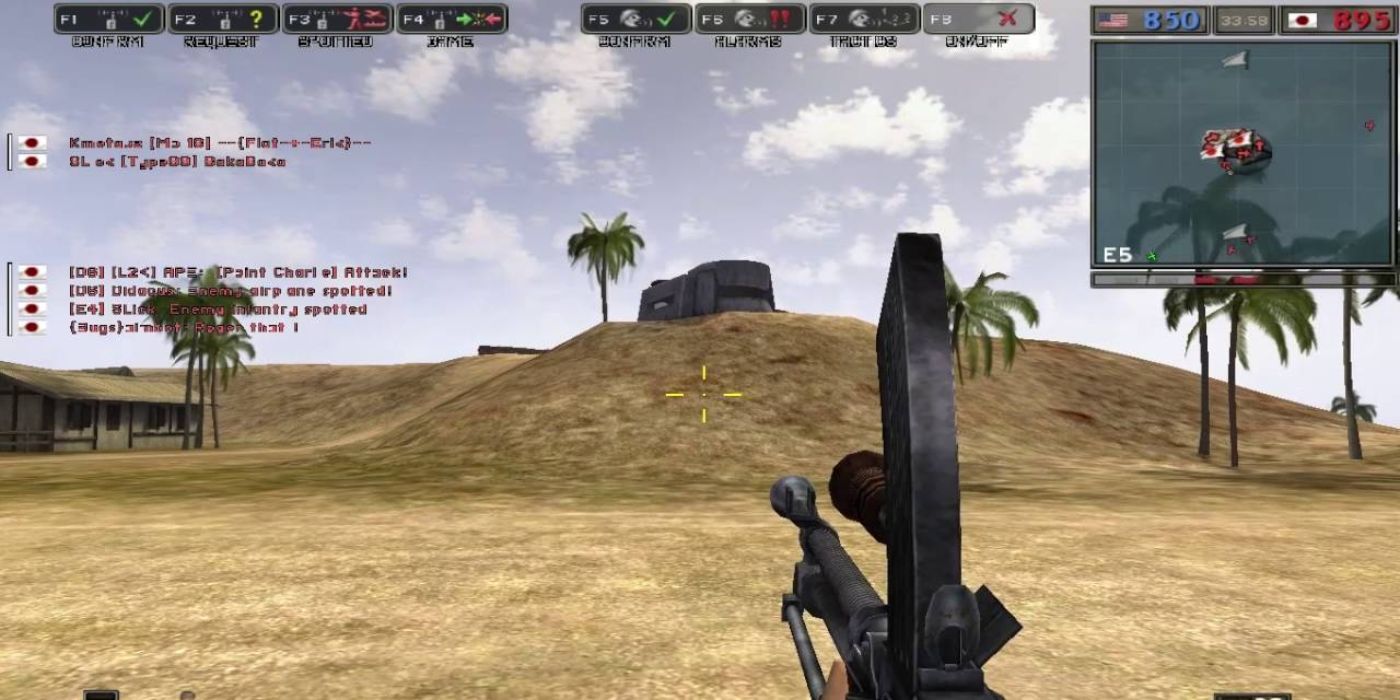
-Cropped.jpg)
